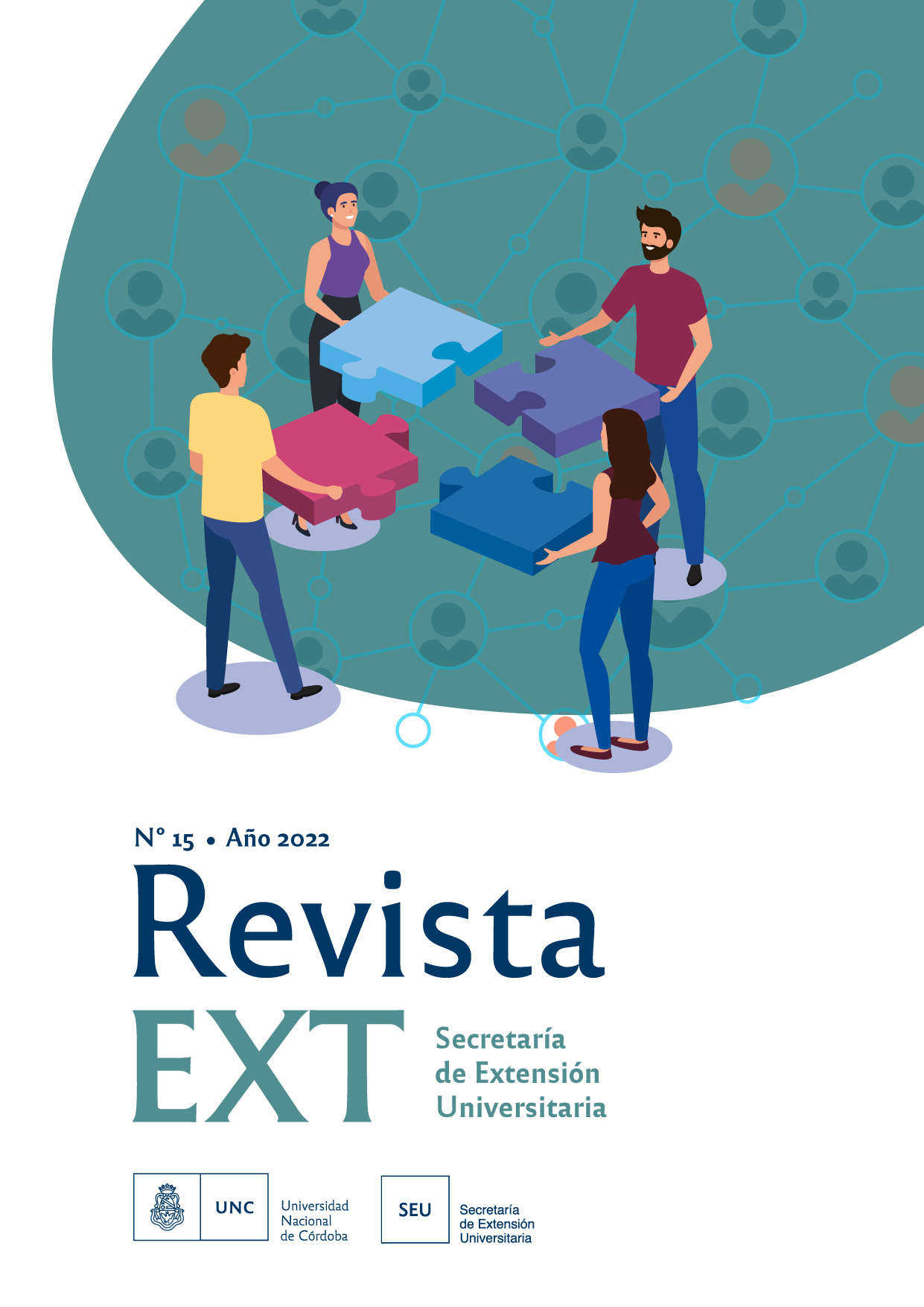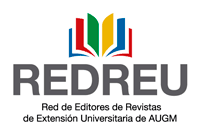CYANO: from the classroom to the reservoirs and their basins
Keywords:
outreach, cyanobacteria, reservoirs, cyanosemaphore, citizen scienceAbstract
Community participation in open and collaborative scientific projects involves citizen science. The community living nearby a reservoir is the main affected one by the presence of cyanobacteria blooms, and is usually interested in collaborating with research tasks, incorporating their knowledge, tools and resources. This study describes a university outreach initiative, which links the community with the School of Exact, Physical and Natural Sciences of the National University of Córdoba (FCEFyN), the Special Rescue Group of Calamuchita (GERS) and the Provincial Administration of Water Resources (APRHi). The initiative allows bringing the University closer to the community within the framework of one of its fundamental pillars, which is university outreach. This outreach project can be called co-creative because citizens participate in all stages of the scientific process. The community has successfully defined the problem, collected and analyzed data, monitored the phenomenon of cyanobacterial blooms and thought of solutions to be implemented. Undergraduate and graduate students were able to delve into the subject of eutrophication and the impact of cyanobacterial blooms and they could develop soft skills such as empathy, assertive communication, active listening and teamwork.
Downloads
References
Argentina. Ministerio de Ciencia, Tecnología e Innovación, s.f. ¿Qué entendemos por Ciencia Ciudadana? Buenos Aires: Secretaría de Articulación Científico Tecnológica. Recuperado de: https://www.argentina.gob.ar/ciencia/sact/ciencia-ciudadana/que-entendemos-por-ciencia-ciudadana
UNESCO, 2009. Cianobacterias planctónicas del Uruguay. En: Bonilla, Sylvia, ed. Manual para la identificación y medidas de gestión. Montevideo: UNESCO. (Documento Técnico PHI-LAC, no.16).
Chorus, I, Welker M; eds. 2021. Toxic Cyanobacteria in Water. 2nd edition. CRC Press, Boca Raton (FL), on behalf of the World Health Organization, Geneva, CH.
Downloads
Published
Issue
Section
License

This work is licensed under a Creative Commons Attribution-NonCommercial-ShareAlike 4.0 International License.
Aquellos autores/as que tengan publicaciones con esta revista, aceptan los términos siguientes:
- Los autores/as conservarán sus derechos de autor y garantizarán a la revista el derecho de primera publicación de su obra, el cuál estará simultáneamente sujeto a la Licencia de reconocimiento de Creative Commons que permite a terceros compartir la obra siempre que se indique su autor y su primera publicación esta revista.
- Los autores/as podrán adoptar otros acuerdos de licencia no exclusiva de distribución de la versión de la obra publicada (p. ej.: depositarla en un archivo telemático institucional o publicarla en un volumen monográfico) siempre que se indique la publicación inicial en esta revista.
- Se permite y recomienda a los autores/as difundir su obra a través de Internet (p. ej.: en archivos telemáticos institucionales o en su página web) después del proceso de publicación, lo cual puede producir intercambios interesantes y aumentar las citas de la obra publicada. (Véase El efecto del acceso abierto).





